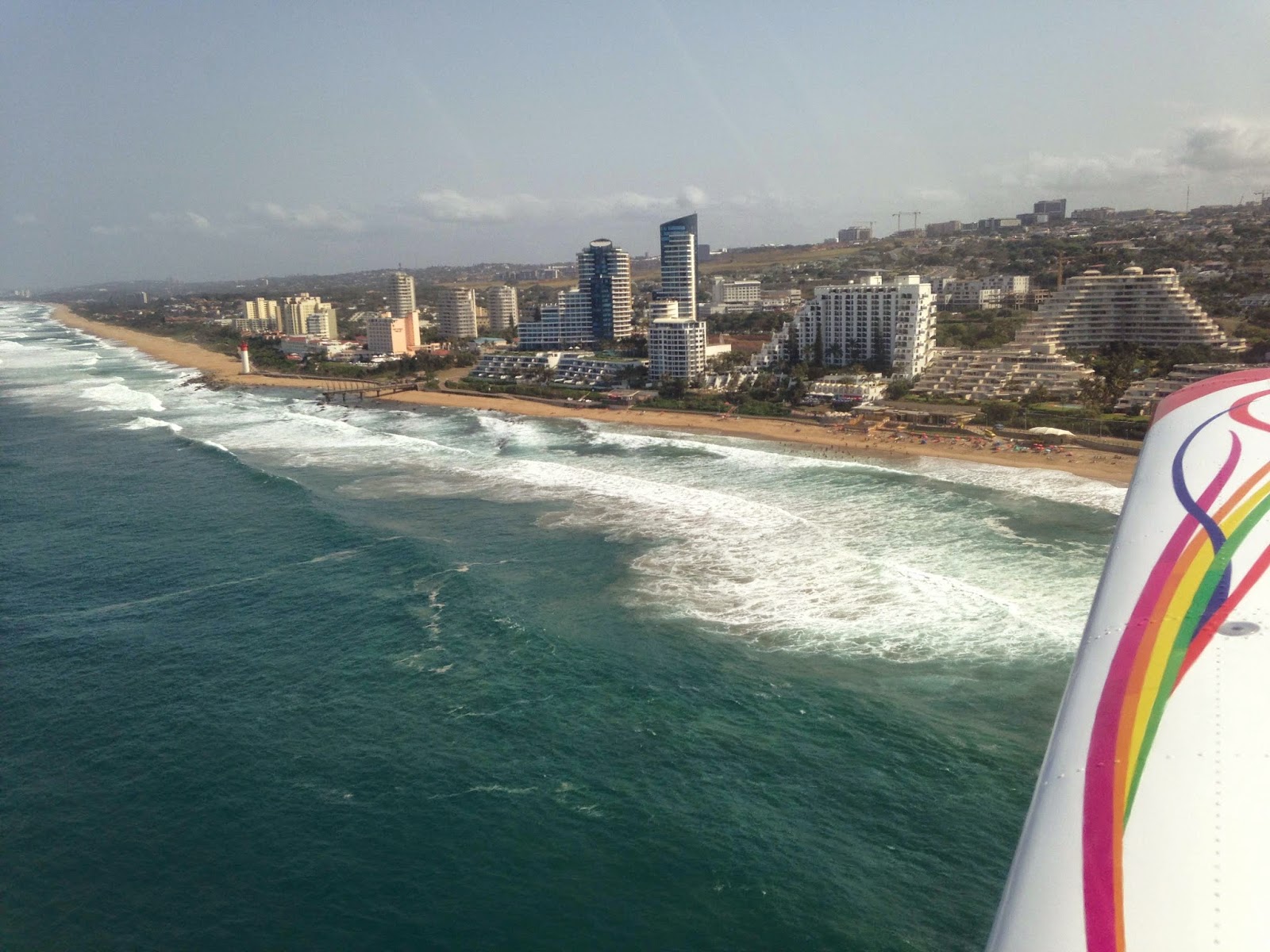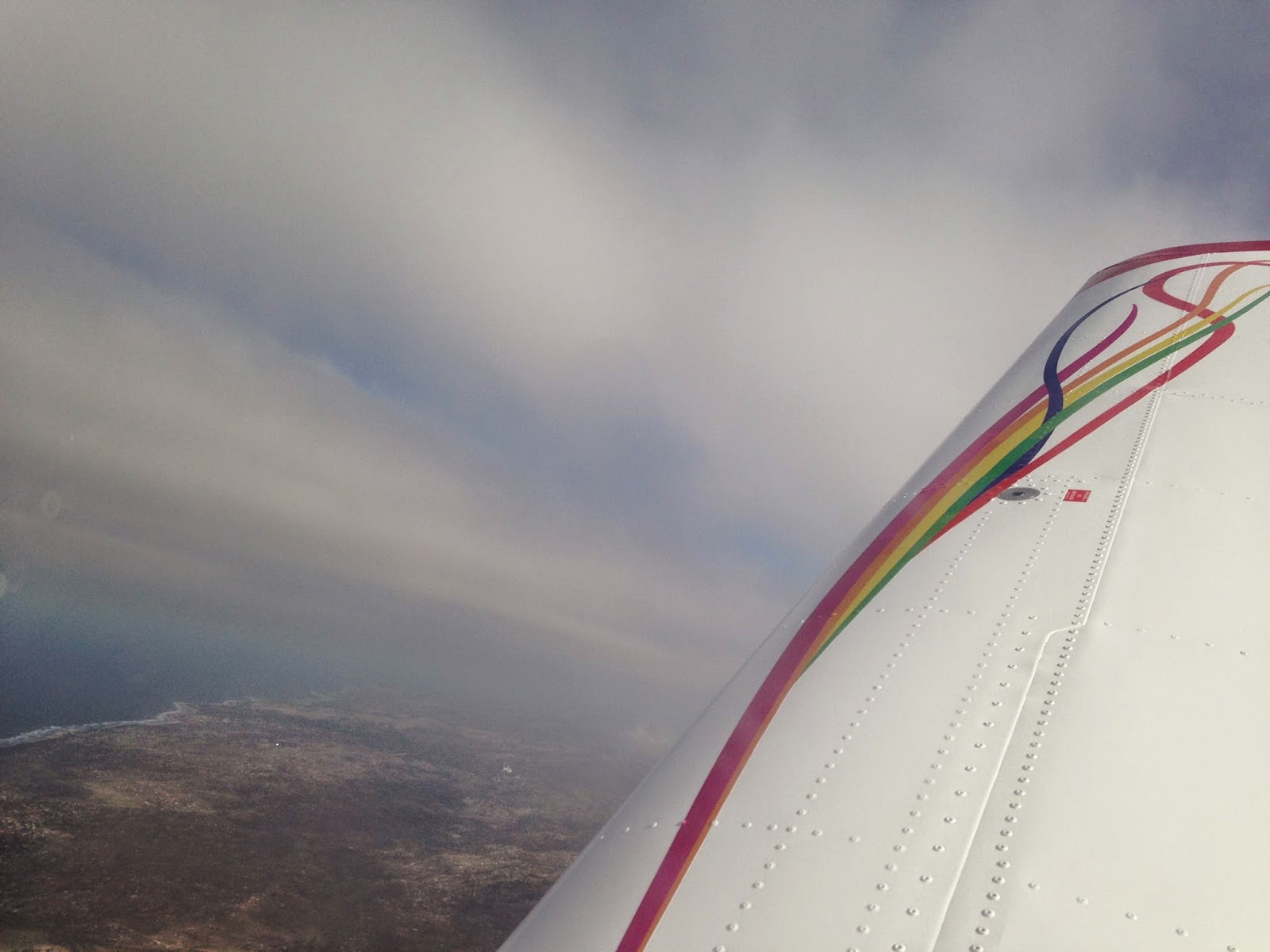In preparation for our 4 and a half hour flight over the sea next year from Mozambique to Madagascar, and in preparation for my Commercial Pilot Airlaw exam this week, here is the researched information on our Civil Aviation Regulations and Technical Standards (CARS and CATS) which apply to flights over the sea which exceed 30 mins or more than 50 nautical miles..
91.04.24 Life jackets and other flotation devices
No owner or operator of an aeroplane, shall operate the aeroplane –
(i) when flying over water and beyond gliding distance of land in the case of the aeroplane not capable of continuing the flight to an aerodrome with the critical power-unit becoming inoperative at any point along the route or any planned diversion;
(ii) when taking off or landing at an aerodrome where the take-off or approach path is so disposed over water that in the event of an incident, there would be a likelihood of a ditching, unless such aeroplane is equipped with a flotation device or a life jacket containing a survivor locator light, for each person on board, stowed in a position easily accessible, with safety belt fastened, from the seat or berth of the person for whose use it is provided, and an individual infant flotation device, containing a locator survival light for use by each infant on board.
91.04.25 Life Rafts and Survival Radio equipment for extended over-water flights
(1) An owner or operator must ensure that the aircraft is equipped with sufficient life rafts to carry all persons on board. Unless excess rafts or enough capacity are provided, the buoyancy and seating capacity beyond the rated capacity of the rafts must accommodate all occupants of the aircraft in the event of a loss of one raft of the largest rated capacity.
(2) The life rafts must be equipped with –
(a) a survivor locator light; and
(b) life saving equipment including means of sustaining life as appropriate to the flight to be undertaken.
(3) The following shall be included in each life-raft –
(a) a means for maintaining buoyancy;
(b) a sea anchor;
(c) life-lines and means of attaching one life-raft to another;
(d) paddles for life-rafts with a capacity of 6 or less;
(e) means of protecting the occupants from the elements;
(f) a water resistant torch;
(g) signalling equipment to make distress signals;
(h) for each 4, or fraction of 4 persons which the life-raft is designed to carry –
(i) 100 g glucose tablets;
(ii) 500 ml of water. This water may be provided in durable containers or by means of making seawater drinkable or a combination of both; and
(i) first aid equipment.
Note – Items (g) – (i), inclusive, should be contained in a pack.
(4) An aircraft must be equipped with at least two sets of survival radio equipment capable of transmitting on 121.5 MHz and 243 MHz.
(5) Unless the life rafts and survival radio equipment are clearly visible, their location must be indicated by a placard or sign, and appropriate symbols may be used to supplement the placard or sign.
91.04.23 Minimum number of ELTs to be carried
(1) Aeroplanes to be operated on extended flights over water or over areas where search and rescue would be especially difficult, shall carry at least one automatic ELT (emergency locator transmitter);
Emergency locator transmitters (ELTs), required to be fitted in terms of CAR 91.04.23, shall be capable of transmitting on the frequencies 121,5 MHz and 406 MHz simultaneously.
ps with aircraft weight being a consideration, I would swop sea anchor for more water!



















































